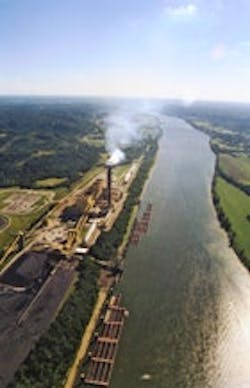EPA Considers New Runoff Rules for Utilities
As evidence grows that utilities across the country are polluting waterways, the U.S. Environmental Protection Agency (EPA) is moving to impose new limitations on the level of contaminants power plants can discharge, Greenwire reported.
The EPA has collected data over the past few years showing that plants in Florida, Pennsylvania and several other states have flushed wastewater with levels of selenium and other toxins that far exceed EPA freshwater and saltwater standards aimed at protecting aquatic life. High selenium levels are harmful to fish and birds, as well as to people who consume contaminated fish.
As a result of federal government pressure on utilities to install pollution-control “scrubbing” technology, pollutants that were headed for smokestacks are stored as coal ash or sludge, which is often kept in pools outdoors or flushed into rivers or streams.
"Scrubbers will help clean our air, but let's make sure that the toxic metals stripped out of coal-plant smokestacks don't end up in our water," said Eric Schaeffer, former chief of the EPA enforcement office and now the head of the Environmental Integrity Project, an advocacy group. "It's crazy not to have limits on toxic discharges this big."
Mary Smith, director of the engineering analysis division of the EPA's water office, said that in an initial assessment of the toxic emissions of 56 industries, the agency found the utility industry "was at the high end of the range." When it comes to selenium in power plant effluent, she said, "We're looking at how low it can go and what is economically achievable.
Source: Greenwire, Washington Post
